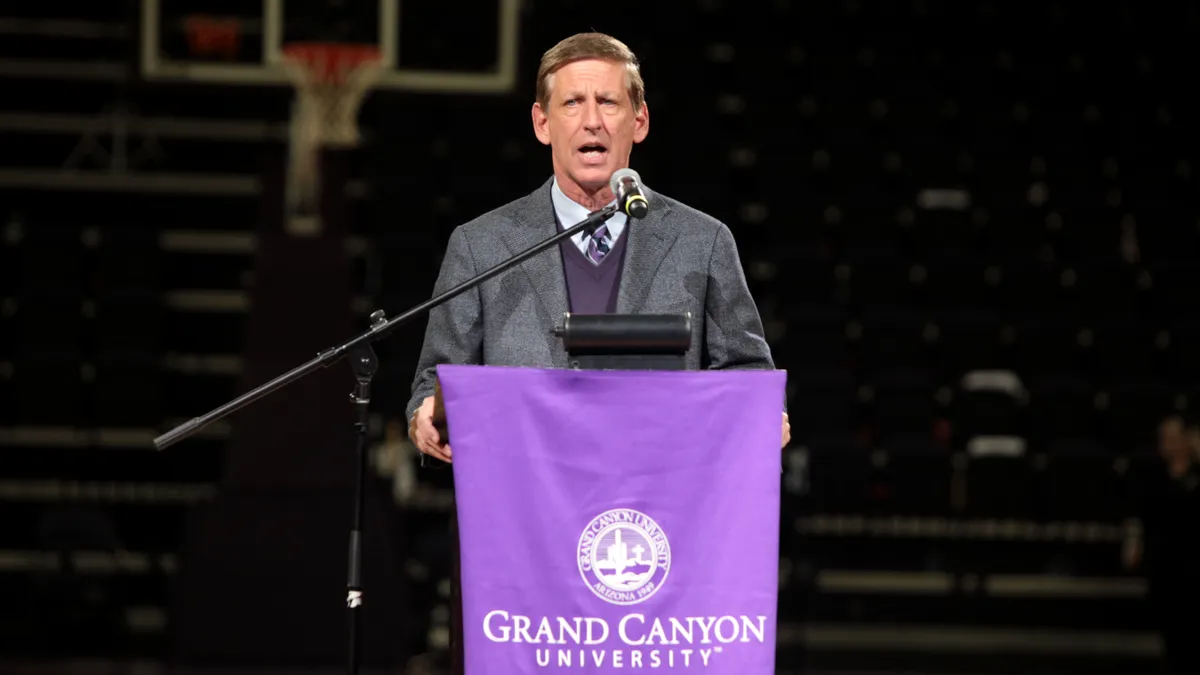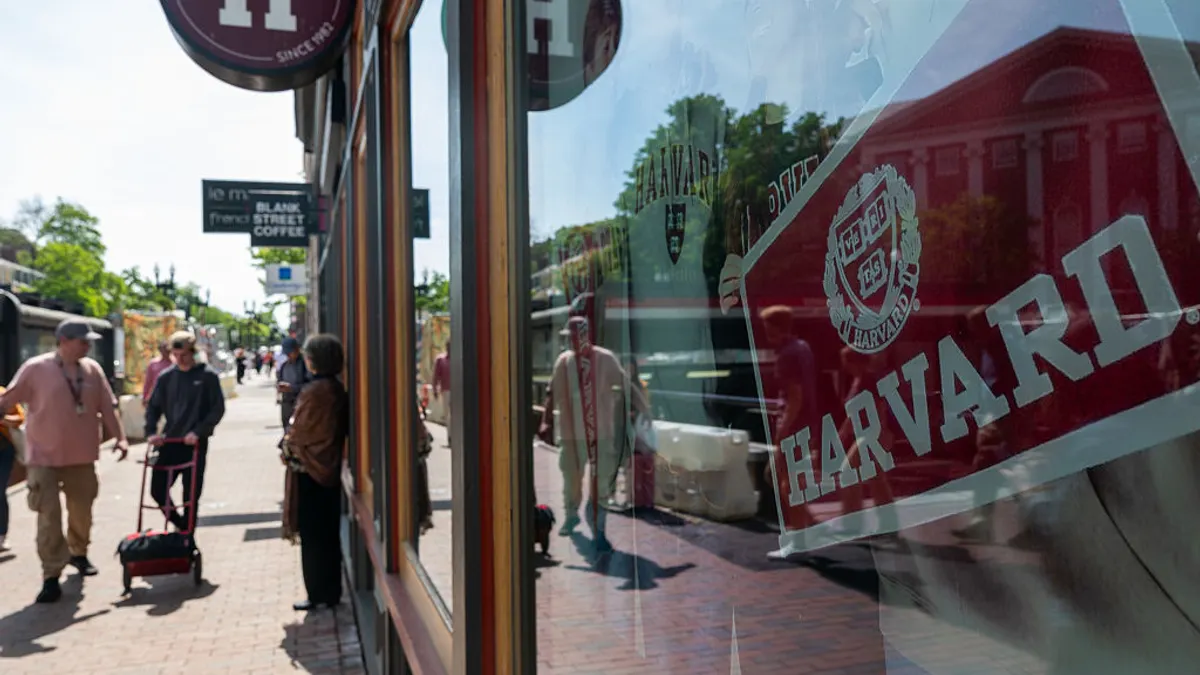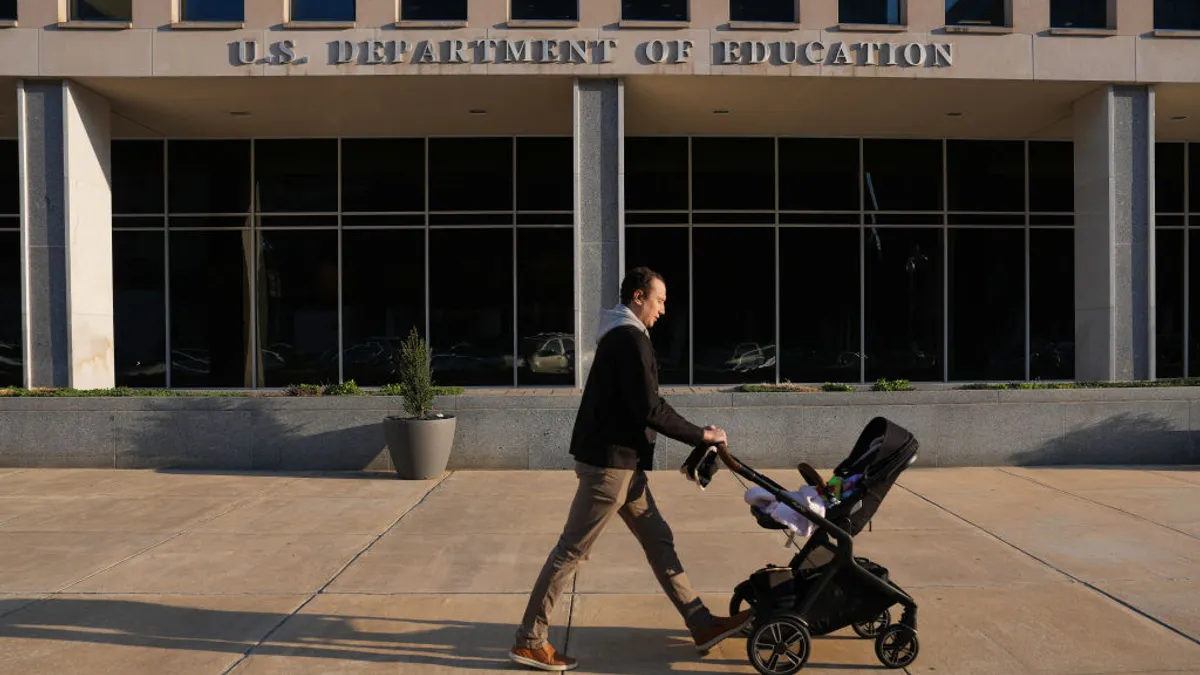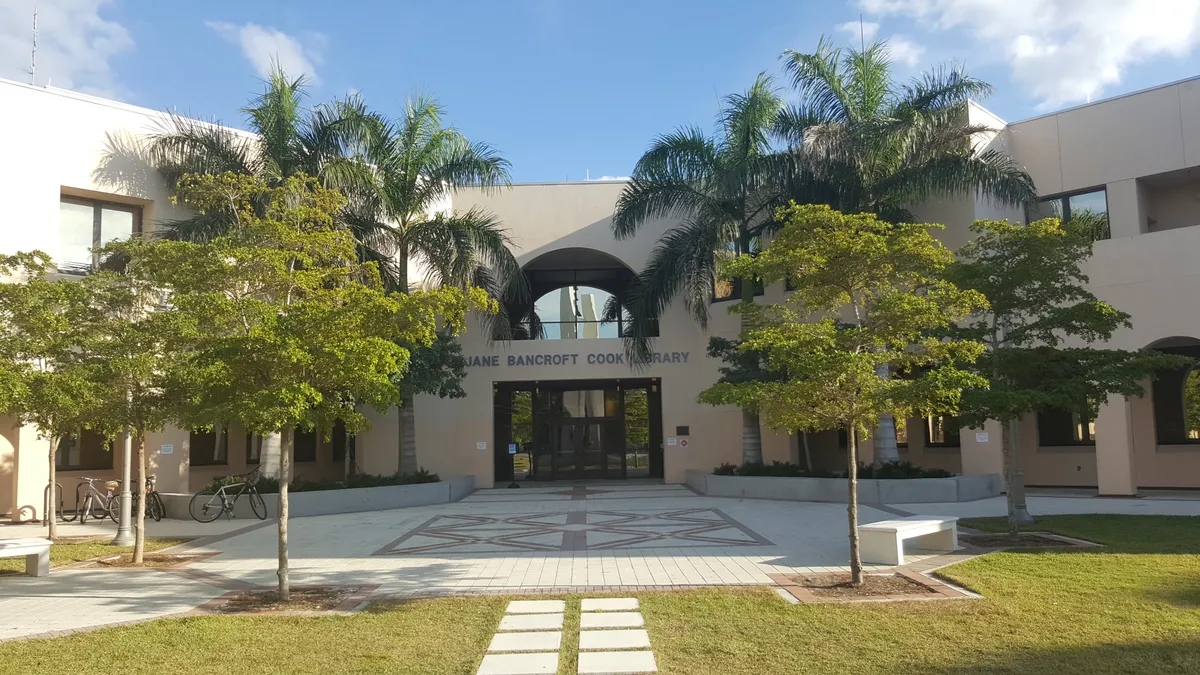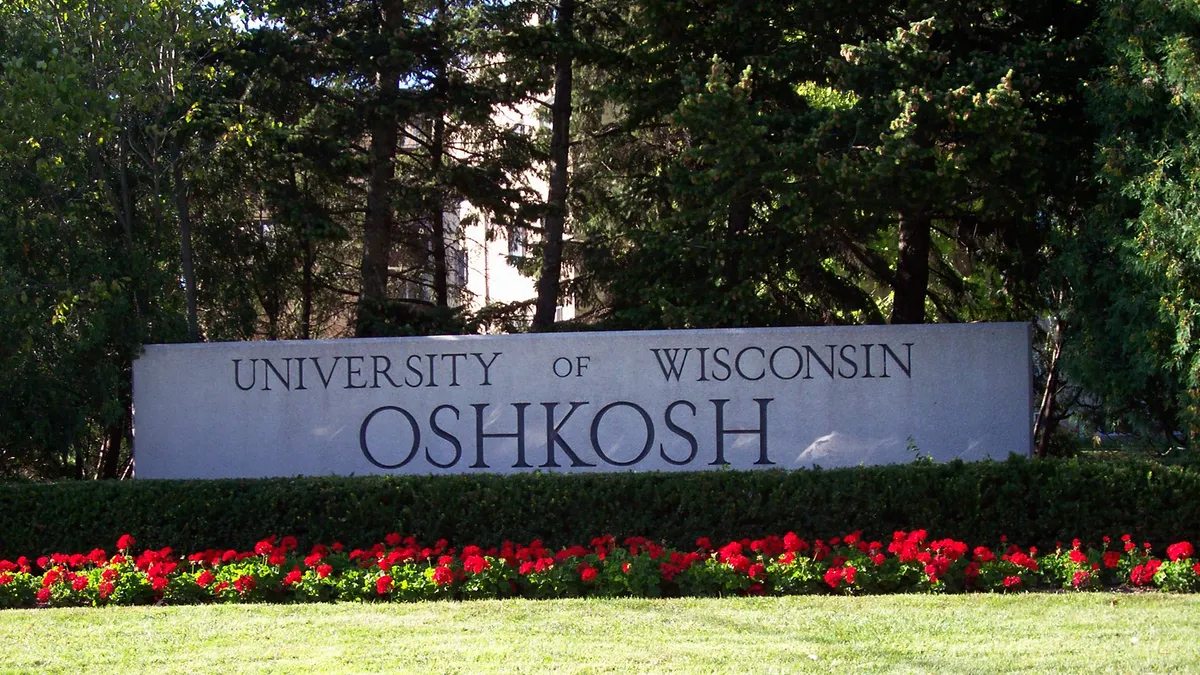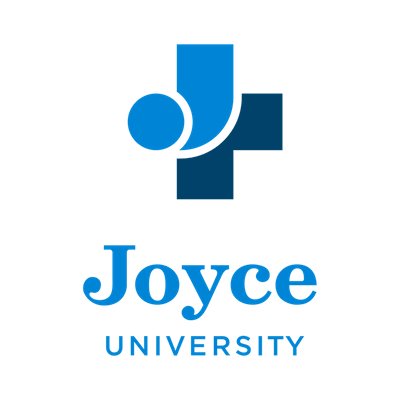This article was originally published December 12.
Free community college is not just popular "in the blue states; in red states they’ve also gone after [it as well]," said Tom Harnisch, American Association of State Colleges and Universities director of State Relations and Policy Analysis, during last week's Higher Education Government Relations Conference in San Diego.
Martha Kanter, former U.S. Undersecretary of Education and current executive director of the College Promise program, said a more educated population is "not only about money — it’s about crime reduction, it’s about health, it’s about happiness," and it's directly tied to the national security.
Kanter also said she is encouraged by the number of adult Promise programs emerging across the country, which offer free tuition to nontraditional students. Previously, many students who may have had to take semesters off between high school and college were not eligible for many free tuition programs.
Harnisch pointed out that Republican Promise proposals are often tied to programs in high-demand fields that will help fill critical jobs and jumpstart the economy — which also means "the price tag is a lot less" for those proposals.
When it first took off early in the Obama administration, free community college proposals drew a lot of concern from traditional four-year institutions, which are increasingly tuition-reliant, as leaders wondered how plans to pull students away for the first two years would impact their bottom lines. In some places, like Dallas, for instance, four-year institutions are actually partnering with two-year institutions and the K-12 system to make the push for a Promise program.
"Obviously, we’d like some of those kids to go here, but … anything that gets kids going to college more, being better positioned for the future, regardless of where they go” is a win for the whole region, said University of North Texas President Bob Mong in a recent interview with Education Dive. “They don’t have to come here, they could go somewhere else, but our feeling was that it was an important partnership for us to be involved, whether they end up coming here or not.”
Similarly, in California, about one-third of leaders in the two-year system are working with the four-year system to figure out how to make a free tuition plan work. And where four-year institutions, specifically privates that wouldn't benefit from the broader pushes to make the first two years of college free for students, lose out on tuition, they win on completion rates and incentive funding tied to those metrics.
If the full K-16 pipeline is working together to strengthen students at every level and working to ensure they don't fumble the hand-off between levels, as Dallas Independent School District Superintendent Michael Hinojosa said students will be more likely to complete college in four years.
Tim Sheehan, vice president for government relations at Salt Lake Community College in Utah, said the college's free tuition program is totally funded by the institution as foregone revenue — no funds come from the state. "I think that commitment to access and completion on this, and that commitment to keeping cost low is at the forefront of what we do," he said during the conference.
However, Sheehan said Salt Lake's commitment to open educational resources has also saved students, conservatively, $1 million on textbook fees. He said he believes that if the time comes for the institution to go to the legislature, "we can say we’re doing other things, we’re not just putting it off on the state, but we’re finding a number of ways to keep college affordable for our students."
The college also is looking at ways to make itsr free tuition plan first-dollar, Sheehan said, to benefit students who don't qualify for Pell grants or other types of aid. "They don’t qualify [for Pell], and so they’re not eligible for the Promise, and so it’s just a double whammy" for those students who aren't considered low-income but whose families can't pay for college, he said.
Kanter said most important is thinking about the sustainability of any new program. "If we don’t think about sustainability, we will have lost a great opportunity, I think, even in the midst of everything that is going on across the country," she said.
Tennessee is one place she pointed to as a good example of this sustainability. "We use the word, 'brilliant' funding, they put $350 million out of lottery funds and put it into an irrevocable trust. So it’s — and this is a no-brainer — growing interest" to continue to fund the Promise program for years to come, she said. "It’s really good public policy."
At the end of the day, Kanter said, "There’s a tremendous amount of creativity happening, and I think it’s an opportunity for all of you on your leadership teams and on your campuses to say, ‘this is how we can do it,’ not ‘we can’t do it, we won’t survive,’ and all of that stuff.”





